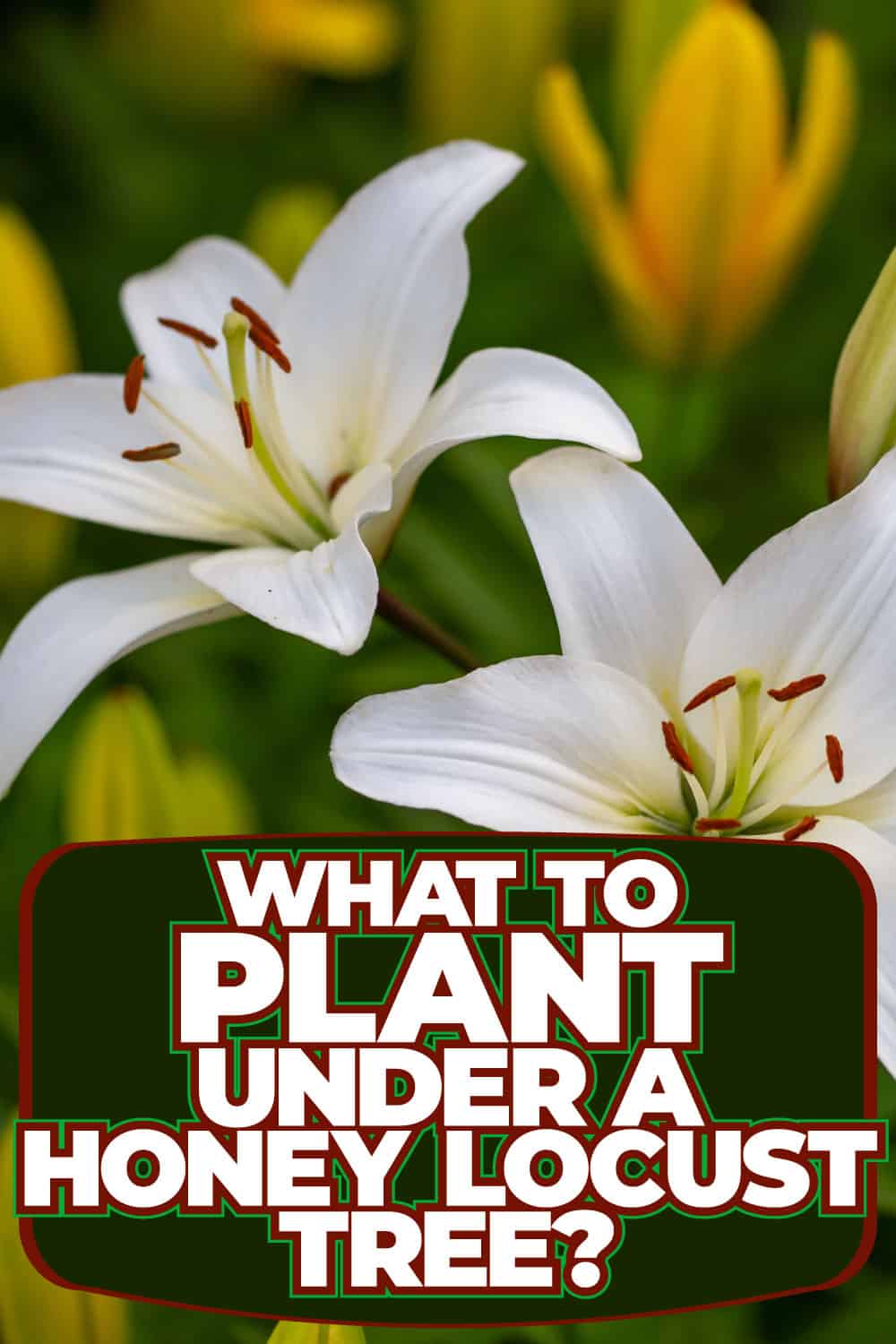Honey locust trees provide shade that can serve as cover for smaller plants. If you would like to know what kind of plants you can grow under a honey locust tree, we have done the research for you, and here's the answer we found.
You should grow small, shade-tolerant plants underneath a honey locust tree. These can include the following
- Sage
- Merry bells
- Primerose
- Lilies
- Ferns
You should continue reading to know more about the maintenance of vegetation planted underneath honey locust trees. We would also elaborate on the features of small plants you can grow under your honey locust.
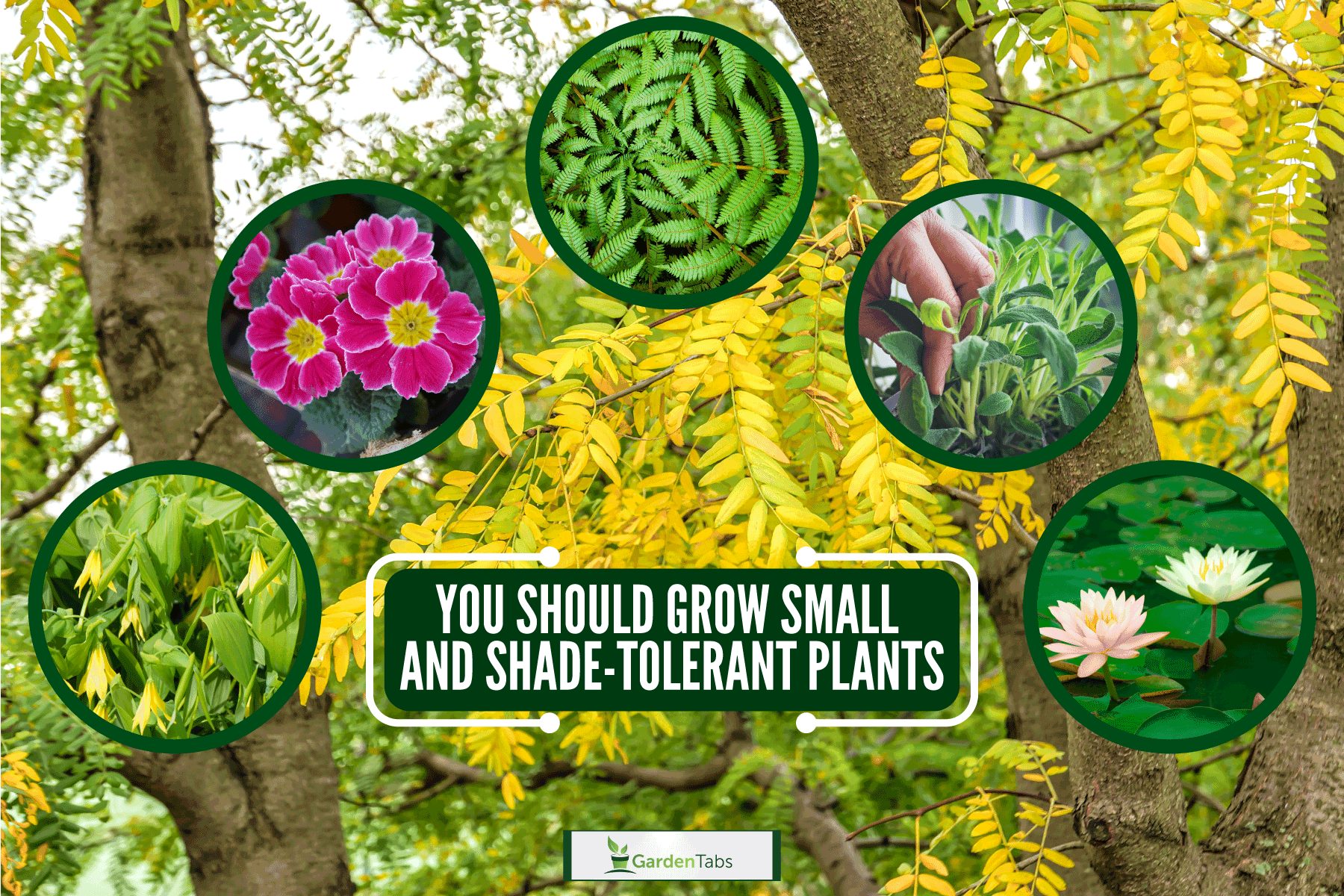
The Honey Locust Tree [Background and Description]
Before we dig into the honey locust's best companion plants, let's take a closer look at the tree itself.
The honey locust tree, whose botanical name is gleditsia triacanthos, is a gray-brown elegant tree with small oval leaves. We could also describe a honey locust tree as thorny, but there are many subspecies that are with little or no thorns.
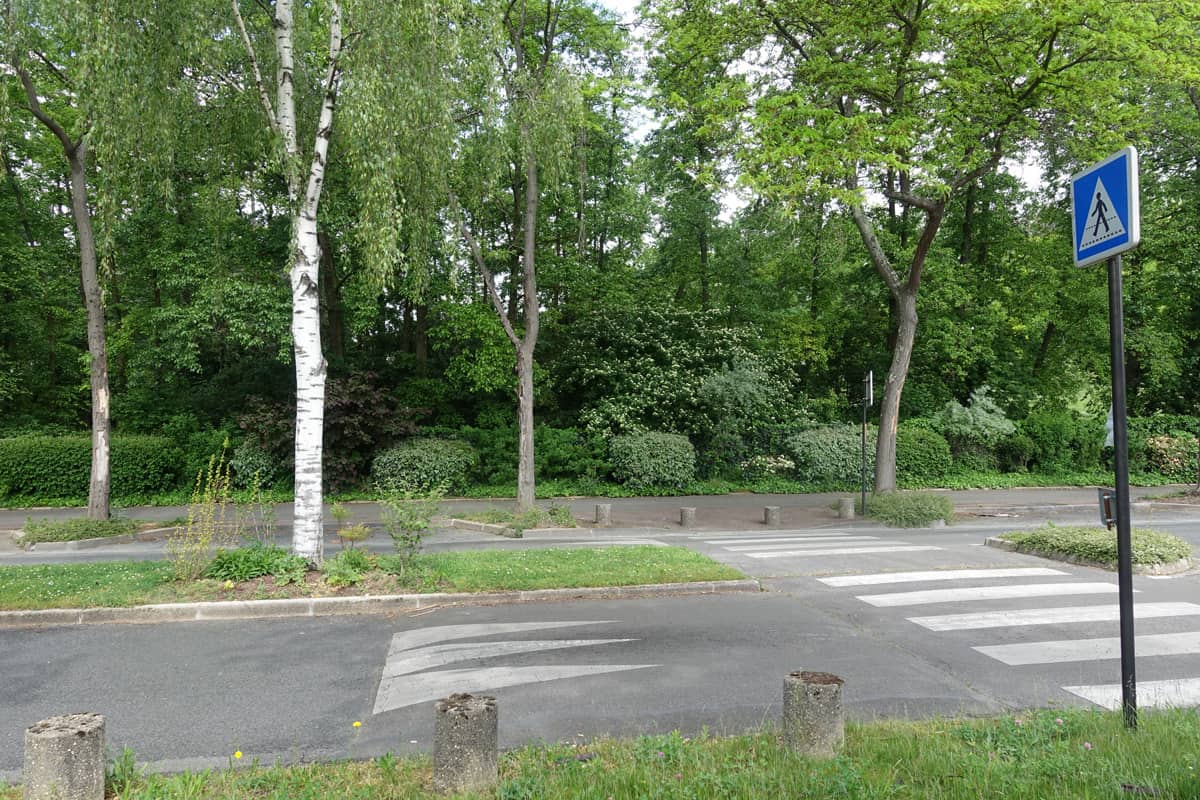
For instance, the gleditisea triacanthos inermis, the more preferred subspecies, is thornless compared to other subspecies. The honey locust tree is one of the most desired trees in Western countries, especially the United States.
Honey locust trees grow very fast and very high. They become wide-spreading trees within a short period of time. Not only do they grow fast and high, but most honey locust trees also live for more than 100 years. This makes them very desirable for many homeowners and landscapers.
Where Do Honey Locust Trees Grow?
Honey locust trees can be grown anywhere, regardless of the quality of the soil. Nonetheless, the best time to plant honey locust trees is in the spring, so that they become deep-rooted before autumn.
Because their branches provide light shade impressions and their leaves are beautiful in the sunlight, honey locust trees are considered attractive and desired in urban areas.
Their elegance and beauty are used to adorn the environment and enrich the landscapes. They are frequently planted around parking lots, city parks, and sidewalks.
Due to their strong branches and firm roots, they are capable of withstanding elements, such as heavy rain, snow, and wind storms. Hence, they are sometimes used in breaking winds and preventing erosions.
What Can You Plant Under a Locust Tree [Including Features of The Plants]

There are certain plants that can be cultivated underneath a tree. Here are certain requirements for such plants:
Ferns, Bellflowers - Plants That Are Small
You should avoid cultivating tall or wide plants under a tree. Tall plants may attain lofty heights and compete with the tree. Wide plants may obstruct sunlight to other smaller plants cultivated under the tree.
You should stick with low and small plants to achieve great results. Examples of small and low flowers that can be cultivated under a tree are sage, ferns, daffodils, bellflowers, asters, coral bells, violet, etc.
Hostas, Brunnera, Lenten Rose - Plants That Require Little Sunlight
You should already know that big branches of trees like the honey locust reduce the effect of sunlight on everything beneath them. Thus, you should only cultivate plants that can grow with minimum sunlight.
The amount of sunlight available would be determined by the tree. Examples of small and low plants that can be cultivated under a tree because they require little sunlight include Lamium, heuchera, heuchera, lenten rose, ferns, tiarella, hostas, brunnera, etc.
What Do Honey Locust Trees Drop?
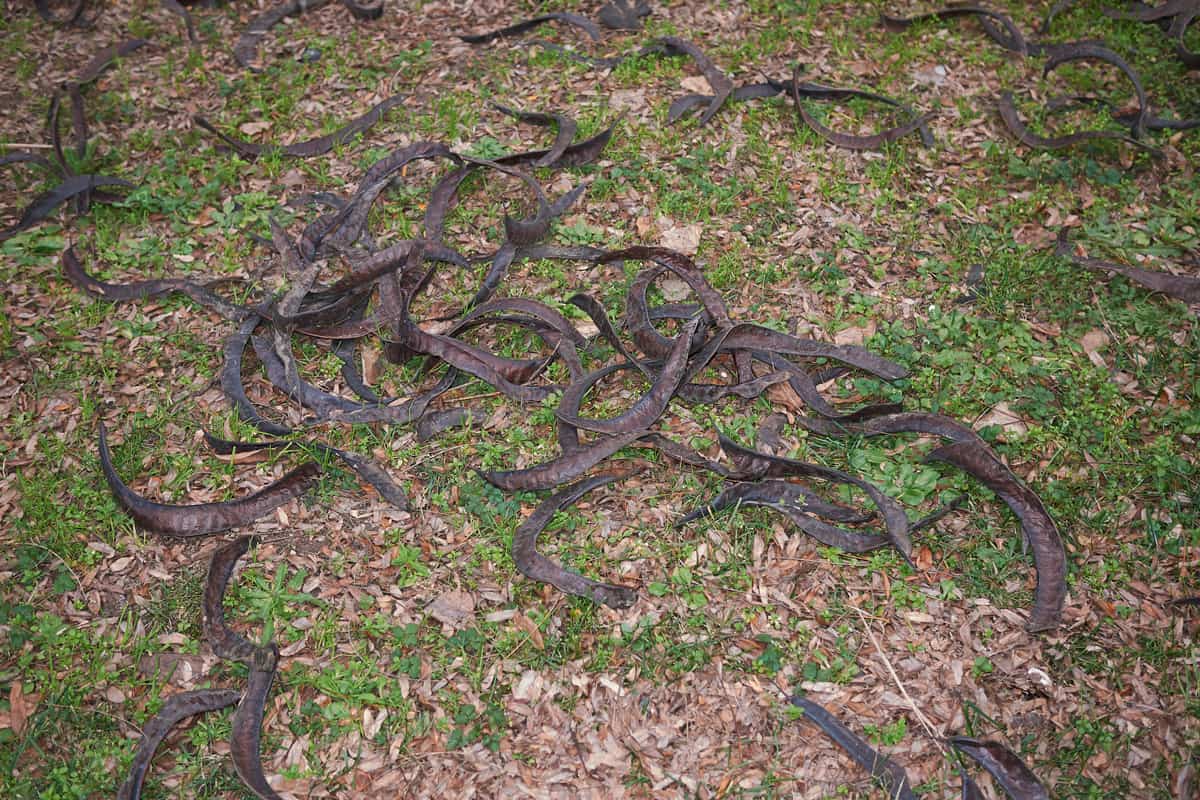
Most honey locust trees drop seed pods and leaves.
Seed Pods
Most honey locust trees grow fruit pods in springs. Their fruit pods are edible and provide good nutrition. Nevertheless, by mid-autumn, these honey locust trees begin to drop the dark-brown seeds of these fruit pods. While these may litter, they can easily be cleaned up.
Leaves
At the beginning of autumn, the leaves of the honey locust trees begin to turn yellow and soon begin to drop off within a few weeks.
When Can You Trim a Honey Locust Tree?
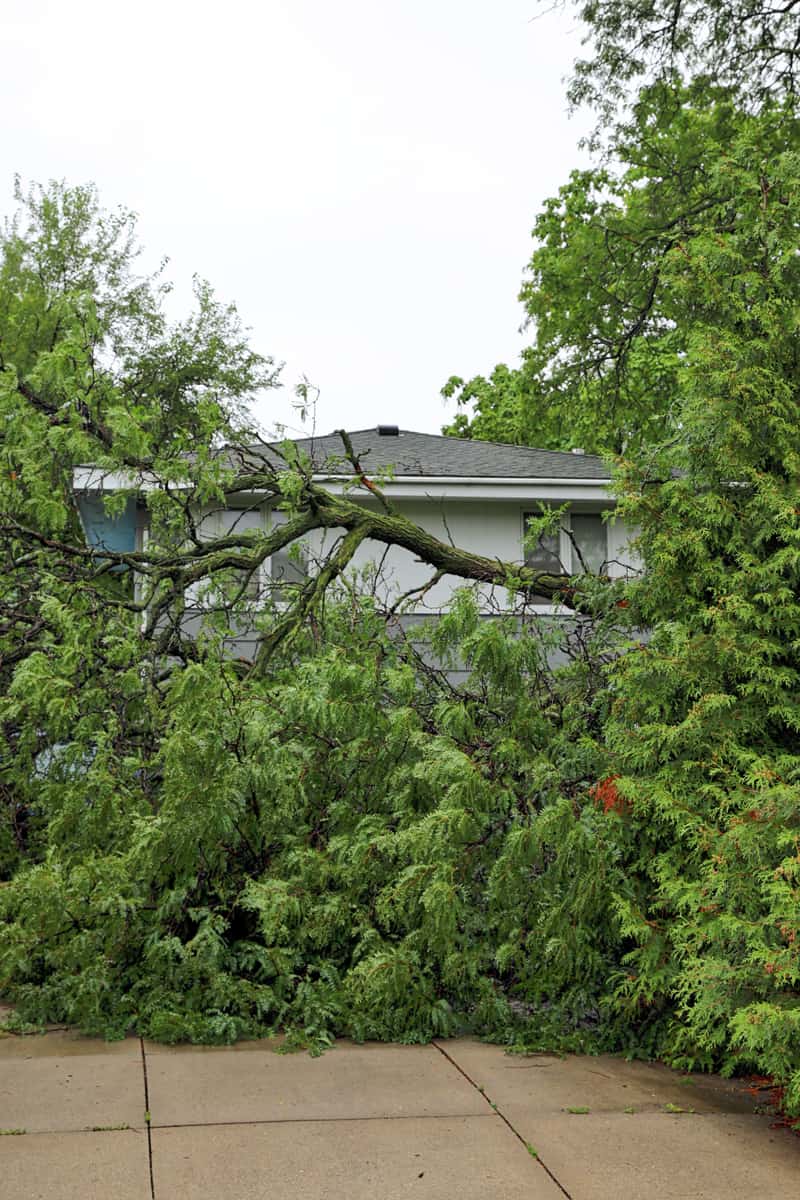
A honey locust tree can be trimmed twice a year. You can prune a honey locust tree in autumn when it has lost its leaves and you can also prune it in the spring just before its saps develop. In certain instances, you may trim it in the summer after the leaves have attained their sizes.
It is important that you trim a honey locust tree while it is young so that you determine the pattern of its growth, structure, and form. You should eliminate crossing branches as well as low branches.
In its earliest years, you should remove at least two branches each year. When the tree has developed, you can begin to trim it every three to five years. As the tree gets bigger and older, you may require professional assistance in trimming.
Are Honey Locust Tree Roots Invasive?
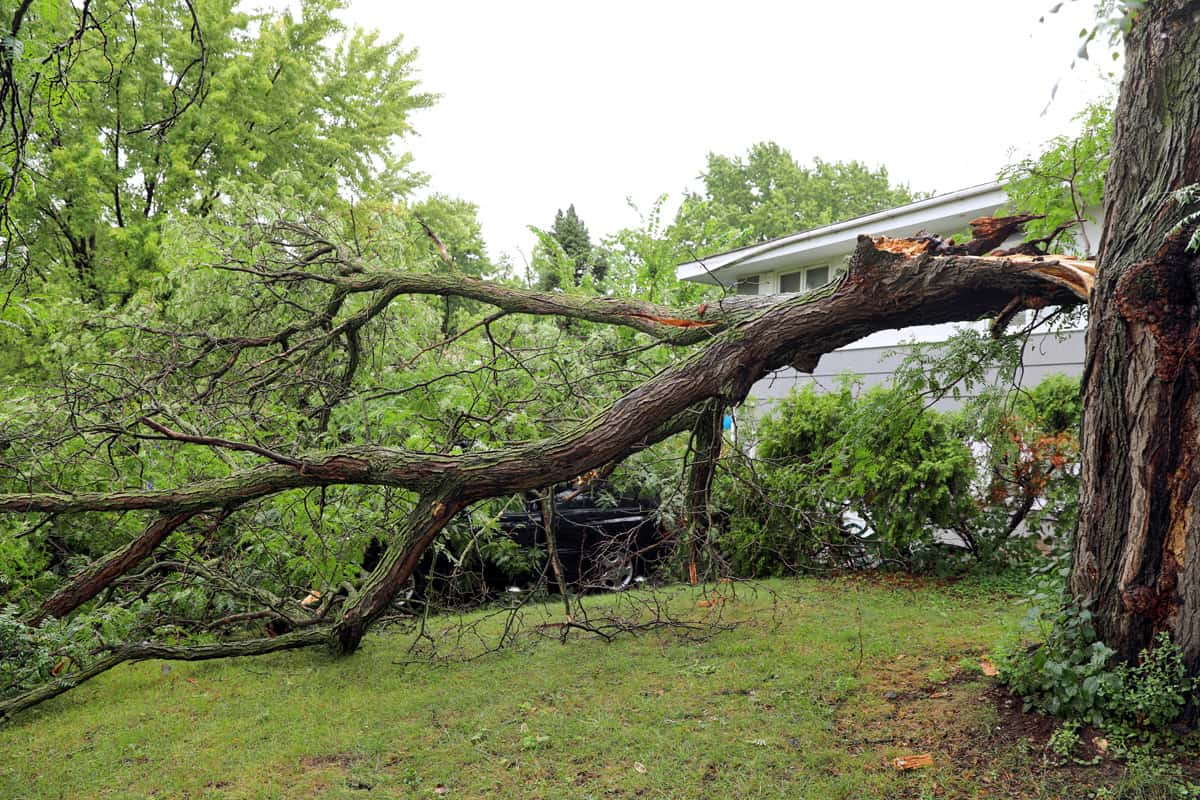
Yes, honey locust trees have invasive roots. Honey locust trees have deep and strong taproots that spread to about 20 feet underground. This means that they can interfere with underground workings. It is therefore not an ideal tree to be planted within your home as it can affect your building structure and block pipes.
Is Honey Locust Wood Valuable?
Although not considered the most valuable wood, the reddish-brown honey locust tree woods are valued as durable and dense wood. Although it weighs light, the honey locust wood is hard and resistant to rot.
The density of a honey locust wood per cubic meter is about 670 kilograms and its hardness ranking above 1500 on the Janka scale. Honey locust tree also turns, stains, glue, and finishes properly.
Because of these properties, the honey locust tree wood is used to make veneer, railroad tiles, crossties, flooring, telegraph poles, farm tools, woodenware, tool handles, and furniture.
How Long Does a Honey Locust Tree Live?
The life expectancy of a honey locust tree varies depending on the environment and care. Nevertheless, a honey locust tree is expected to live up to 120 years. There are however instances when a honey locust tree survives for a longer period of time.
Do Honey Locust Trees Attract Bees?
Although not considered in the honey tree category, the honey locust tree, in spring, produces flowers whose fragrance and nectar attract bees. Thus, you should not be surprised when you see honey bees around a honey locust tree in spring.
How Do You Landscape Under a Tree?
Landscaping is the process of beautifying the visible features of a garden by altering its design or adding more features. Here are some do-it-yourself tips for landscaping under a tree.
Make it Simple
Landscaping is an art and like every art adding too many attributes is not beneficial. Thus, it is best that you do not complicate things.
Remember it is not about how many landscaping ideas you use. In this sense, you may want to cultivate just one or two plants around the tree.
Use The Same Soil Level of The Tree
When landscaping under a tree, you should avoid raising a plant bed around the tree. This is because the additional bed soil with time may affect the quality of the bark of the tree. More so, this additional soil may prevent the upper roots from having access to oxygen and sunlight.
Cover The Exposed Roots
It is beneficial to cover the exposed roots of your tree. This can be done with plants, groundcover, mulch, wood chips, pebbles, or gravel.
Not only do these help in landscaping, but they also help in protecting the roots from weed eaters, lawnmowers, foot traffic, and erosions, which can greatly endanger the viability of the roots of your tree.
Use Mulch
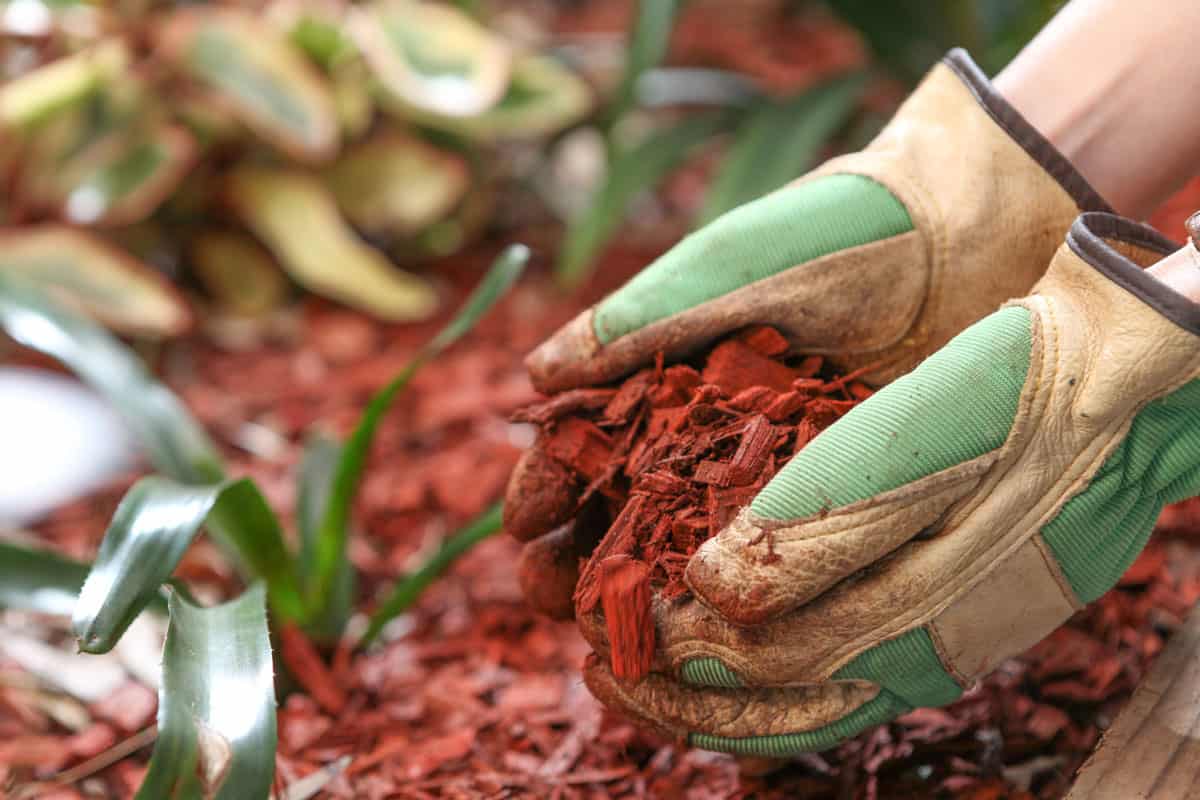
You should know that the new vegetation you would be cultivating would be competing with the roots of the tree. Hence, you should mulch around the base of the tree.
Mulching would ensure that there is adequate water in the soil for the new plants while the roots of the tree are also maintained. Mulching can be done with organic waste.
Add Colorful Flowers
Adding colorful flowers to the base of your tree will greatly beautify your environment and increase the aesthetic value of your landscaping.
If you are cultivating more than one vegetation, consider the colors of the plants you want to cultivate and make sure their color blends with one another as well as with the environment.
Use Hedges
If you are interested in highlighting your tree and the little vegetation around it, you should use hedges. Hedges also help in creating a feeling of order as well as in protecting the roots of your vegetation. You could use bricks or small stones.
To Sum Up
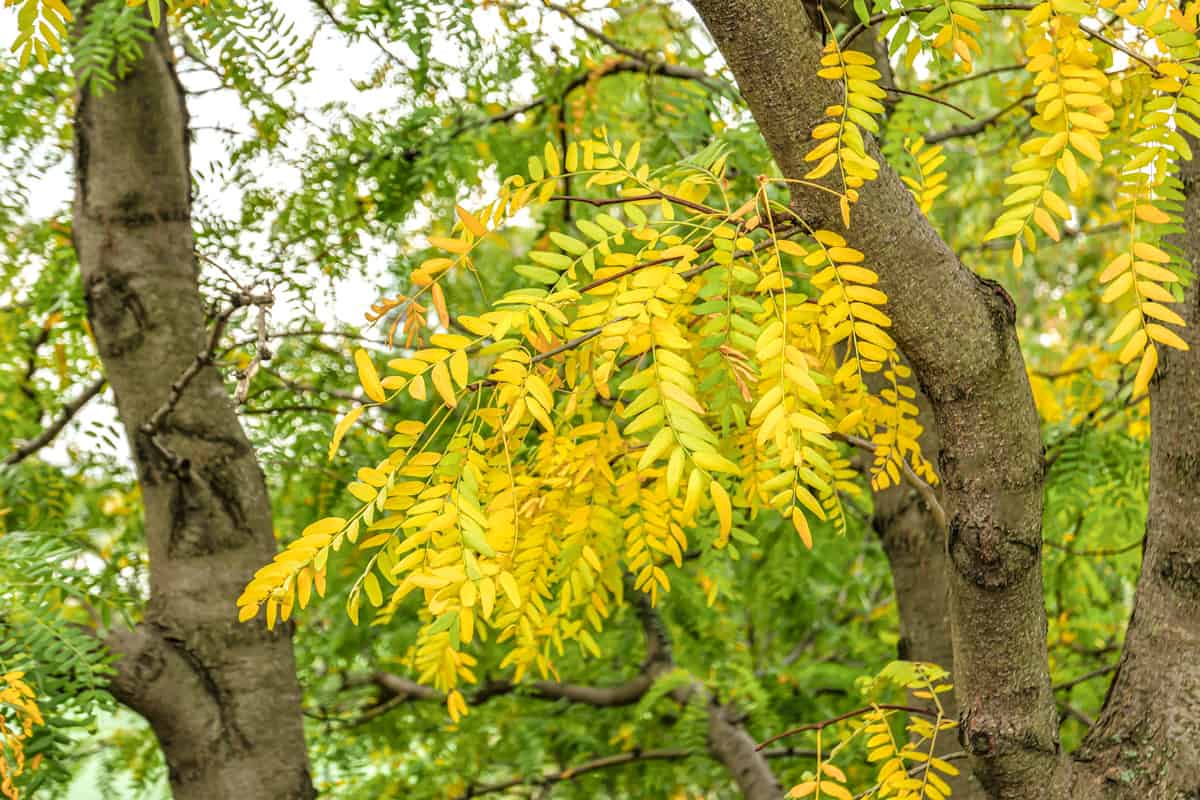
Now you know more about honey locust trees and what to plant under them. We believe that with this information you should be able to cultivate viable small plants under locust trees without affecting the growth of the tree or the vegetation dying off. Thank you for reading till the end.
To learn more about trees, check out these articles:
What to Plant Under Maple Trees [ Incl Japanese Maple]
How Far From House Should Oak Tree Be Planted?
